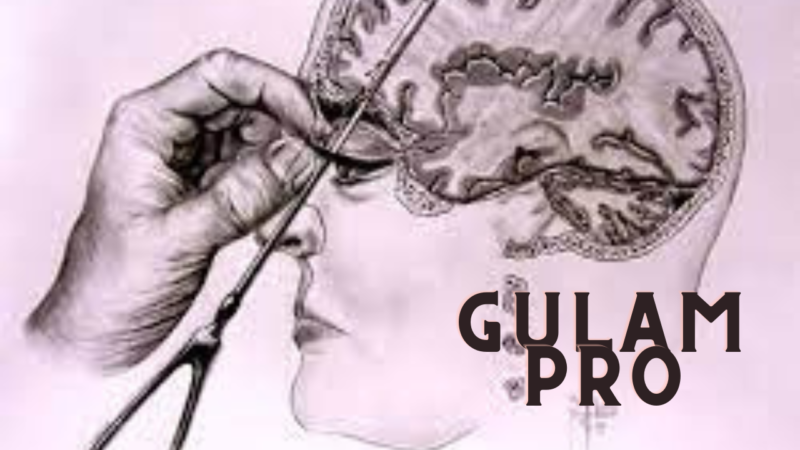Immature Granulocytes: Sentinels on the Frontlines of Immunity

Deep within the marrow of your bones, a bustling factory churns out tireless defenders against microscopic invaders. These cellular soldiers, known as granulocytes, are essential weapons in your immune system’s arsenal. But before they become fully armored and battle-ready, they exist as fledgling recruits – immature granulocytes. Understanding these young warriors and their role in health and disease is a fascinating journey into the intricate workings of the human body.
Granulocytes: Defenders with Grit and Granules
Granulocytes, named for the distinctive granules visible under a microscope, are a diverse group of white blood cells. They fall into three main types, each specializing in a different form of combat:
- Neutrophils: The frontline infantry, these abundant warriors engulf and destroy bacteria with potent digestive enzymes. Think of them as the medieval knights, charging headfirst into the fray.
- Eosinophils: Masters of parasite expulsion, eosinophils target worms and other large invaders with toxic chemicals. Imagine them as skilled archers, taking down enemies from afar.
- Basophils: Mediators of inflammation, basophils release histamine and other substances to trigger swelling and attract other immune cells. Picture them as the town criers, sounding the alarm and rallying reinforcements.
The Journey from Rookie to Veteran: The Stages of Granulopoiesis
Granulocytes begin their lives in the bone marrow as stem cells. Through a carefully orchestrated process called granulopoiesis, they progress through several stages until they reach maturity:
- Myeloblast: The raw recruit, a large cell packed with genetic material, prepares for its transformation.
- Promyelocyte: The boot camp phase, where the cell starts producing granules and refining its weapons.
- Myelocyte: The trainee soldier, gaining specialized skills and refining its defenses.
- Metamyelocyte: The seasoned rookie, almost ready for deployment, with a distinctive horseshoe-shaped nucleus.
- Band cell: The final test, where the cell acquires its mature shape and lethal arsenal.
- Granulocyte: The veteran warrior, ready to be released into the bloodstream and dispatched to battlegrounds of infection and inflammation.
Immature Granulocytes: Stepping Up in Times of Need
Normally, only fully mature granulocytes patrol the bloodstream. However, when the body faces a sudden threat, the bone marrow can accelerate production. This rapid response sends immature granulocytes, still undergoing training, into the fray. Think of them as emergency reserves, joining the fight before they’ve fully honed their skills.
The presence of immature granulocytes in the bloodstream, also known as a left shift, can be a valuable indicator. It suggests the body is mounting a vigorous immune response, potentially to:
- Infection: Bacterial, viral, or fungal infections often trigger a left shift, as the bone marrow rushes to produce reinforcements.
- Inflammation: Autoimmune diseases, allergic reactions, and tissue injury can also cause a temporary increase in immature granulocytes.
- Stress: Even severe emotional or physical stress can trigger a left shift, reflecting the body’s heightened state of alert.
From Sentinels to Suspects: When Immature Granulocytes Raise Concerns
While a left shift in response to an acute threat is typically a good sign, persistently elevated levels of immature granulocytes can be a cause for concern. This may indicate:
- Bone marrow problems: Conditions like leukemia or aplastic anemia can disrupt granulopoiesis, leading to a chronic overproduction of immature cells.
- Sepsis: A severe, life-threatening infection can trigger a massive release of immature granulocytes, indicating overwhelming inflammation.
- Vitamin deficiencies: Deficiencies in vitamin B12 or folic acid can impair granulocyte maturation, leading to increased numbers of immature cells.
Diagnosing and Understanding: Tools of the Trade
Identifying and interpreting the significance of immature granulocytes relies on several tools:
- Complete blood count (CBC): This routine blood test includes a white blood cell differential, which reveals the proportions of different white blood cell types, including immature granulocytes.
- Bone marrow examination: In some cases, a bone marrow biopsy or aspiration may be necessary to assess the overall health of the bone marrow and identify the cause of the left shift.
- Additional tests: Depending on the suspected cause, further tests like blood cultures, imaging, or allergy testing may be needed.
Immature Granulocytes: A Complex Picture with Evolving Implications
Research on immature granulocytes is a rapidly evolving field. Scientists are exploring their potential role in:
- Predicting and monitoring sepsis: The early detection of a left shift may help identify patients at risk of developing this life-threatening condition.
- Developing targeted therapies: Understanding the specific functions






